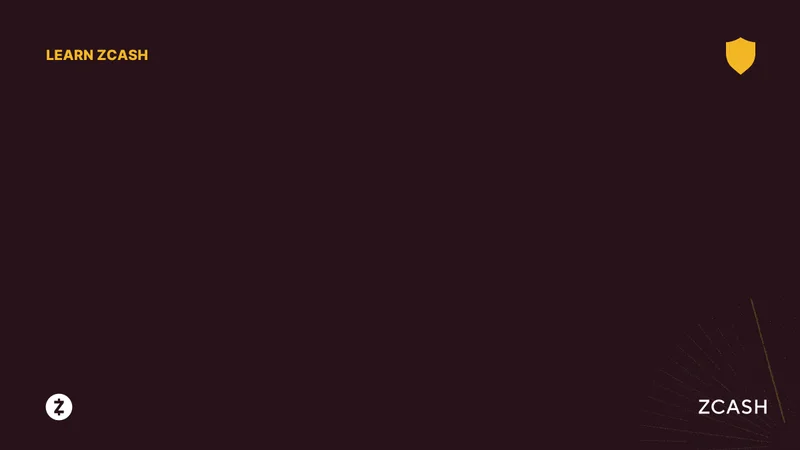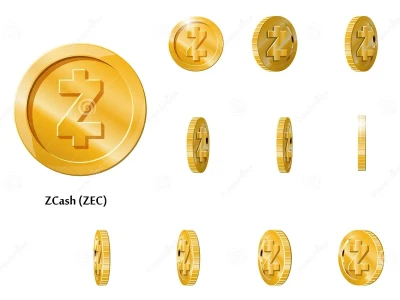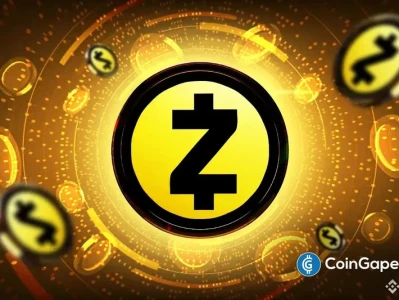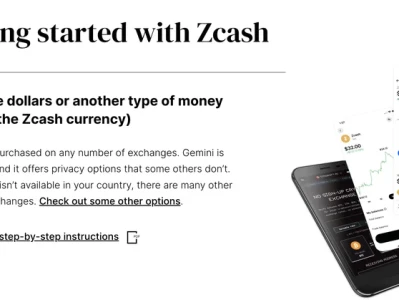An asset that spends the better part of a decade in a downtrend does not simply reverse course on a whim. Yet, that is precisely the chart Zcash (ZEC) has printed. As of October 1st, the `zcash crypto` token is trading around $105, marking a rally of about 300%—to be more exact, 292.33%—year-over-year. The monthly performance is even more aggressive, with a 159% gain since the start of September. This is not a slow recovery; it is a violent repricing.
The immediate data points are compelling. Google Trends interest for the keyword "zcash" is hitting local highs, suggesting a surge in retail curiosity. Trading volumes have jumped 68% to $170 million. The network hashrate, a proxy for miner confidence, has expanded by 30% in two months. On the surface, these metrics paint a picture of a project experiencing a fundamental resurgence. The narrative being propagated across social media platforms aligns with this view. Influencers point to a "privacy comeback," a renewed appreciation for financial confidentiality in an era of increasing surveillance.
Mert Mumtaz of Helius, a prominent voice in this discourse, frames it as a mission-driven imperative, comparing Zcash's market capitalization unfavorably to Monero's and citing a "Renaissance of talent" working on the protocol. This qualitative sentiment is a powerful market driver. When combined with a clear technical breakout above a multi-year resistance line, it creates a potent feedback loop: the price rises, which attracts attention, which fuels the narrative, which in turn drives the price higher.
But my analysis begins where the narrative ends. I've looked at hundreds of these revival stories, and the discrepancy between the marketing pitch and the on-chain reality is often where the thesis falls apart. The core value proposition of Zcash is its pioneering use of zk-SNARKs to enable shielded, private transactions. The entire "privacy coin" thesis rests on this function being actively utilized. However, the data shows that as of July 2025, only around 20% of the circulating ZEC supply is held in shielded addresses. This suggests that the vast majority of the asset is being held and transacted transparently, functioning no differently than a slightly faster `Bitcoin`. The narrative is about privacy; the usage pattern is predominantly transparent. This is a significant disconnect.
The recent surge appears less a function of a sudden, widespread adoption of Zcash's privacy features and more a consequence of its technical posture. The break of its long-term downtrend and the formation of a "golden cross" (where the 50-day moving average crosses above the 200-day) are textbook signals for technical traders. These events force a re-evaluation from algorithms and chart-watchers alike, creating immense buying pressure. The social media amplification, while loud, is likely an accelerant, not the primary cause. It gave a story to a price move that was already technically primed to happen.
When Market Euphoria Meets Regulatory Certainty
The Unpriced Regulatory Variable

This brings us to the structural headwind that the current market euphoria seems to be ignoring. While traders celebrate breaking the $100 barrier, regulators, particularly in Europe, are finalizing the Anti-Money Laundering Regulation (AMLR). This framework could impose stringent, perhaps prohibitive, rules on privacy-enhancing coins, with a potential effective ban by July 2027. This isn't a distant, hypothetical risk. It is a scheduled, documented process.
We have already seen the impact of regulatory pressure. Exchanges like OKX have delisted privacy coins, following precedents set years earlier in Japan, Australia, and South Korea. Zcash has attempted to navigate this by introducing exchange-only transparent addresses, a compromise designed to keep it listed on major platforms like Binance. This is presented as a pragmatic solution, but it effectively bifurcates the `zcash coin` ecosystem. It creates a compliant, transparent version for regulated entities and a private, shielded version for everyone else. While tactically clever, this solution risks undermining the very principle of fungibility that makes a currency viable.
The wide variance in long-term price predictions further highlights the profound uncertainty. One source, PricePrediction, provides a forecast for 2040 that ranges up to $51,132. Another, Telegaon, offers a far more sober maximum of $1,107 for the same year. A methodological critique is warranted here. Such long-range financial models are exquisitely sensitive to their initial assumptions. A projection to 2040 requires assumptions not just about adoption rates and technological progress, but about the entire global regulatory landscape for the next 15 years. Given the current trajectory, assuming a favorable regulatory outcome for privacy coins is, at best, optimistic. These are not forecasts; they are speculative exercises in Excel. The sheer divergence between them tells you that the margin of error is so large as to render the output almost meaningless.
The current `zcash price` action reflects a market betting that the technical momentum and renewed narrative can overcome these structural impediments. It's a bet that Zcash can thread the needle, satisfying regulators without sacrificing its core identity. But the on-chain data suggests its privacy use case is already a niche function, and its primary defense against delisting has been to offer a non-private alternative. The rally is real (the numbers on the screen are undeniable), but it is running directly into a wall of non-negotiable regulatory reality.
An Asymmetric Risk Profile
The Zcash chart shows a classic technical breakout, and the social sentiment is undeniably bullish. But sentiment is fleeting, while regulatory frameworks are persistent. The market is currently pricing in the narrative of a "privacy renaissance" while seemingly ignoring the high probability of further exchange delistings and usage restrictions. The potential upside is clear, but the downside risk—a structural crippling of its core use case via regulation—is non-trivial and grows more probable with each passing quarter. This is not an investment based on fundamentals; it is a high-stakes bet on Zcash navigating a regulatory minefield that has already claimed dozens of its peers.
Reference article source:









